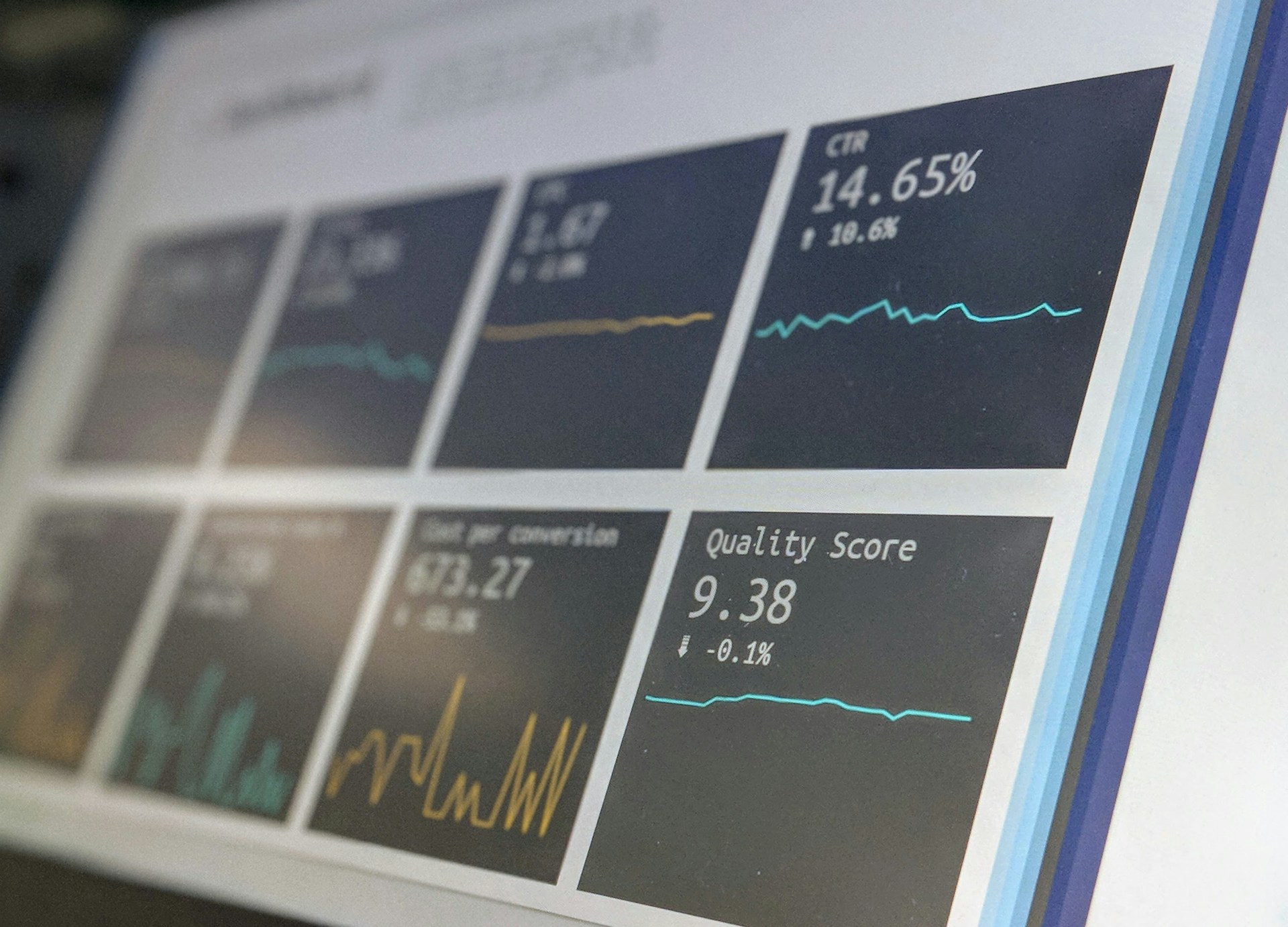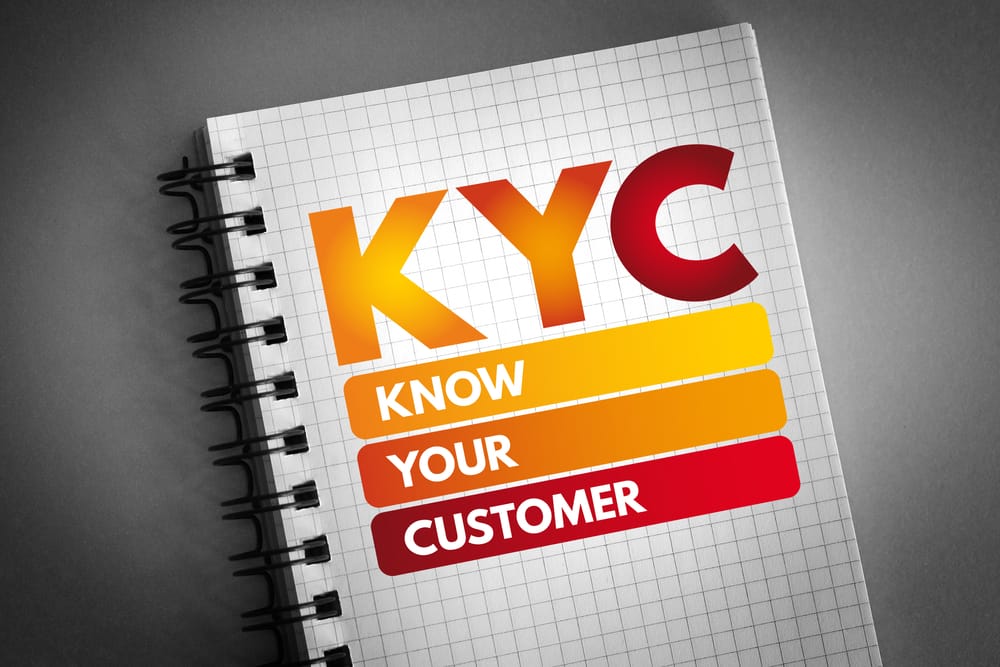Exploring the Changing Landscape of Digital ID Verification
Robust identity verification has become an absolute necessity when combating the rapidly evolving nature of cybercrime. As technology continues to progress, mass usership and a rise in decentralized banking and other forms of cloud based services have brought importance of digital ID verification to the forefront, with legislators and businesses seeking to use this new form of identification to ensure a more secure global market.
Below, we’ll take a closer look at 5 key factors that have become points of prominent interest with the digital ID sphere; read on to learn more.
1. Biometrics and Multi-factor Authentication (MFA)
The days of relying solely on a simple login username/password as a valid gatekeeper are long since past. Cybercriminals have become incredibly adept at breaking simply barriers, and knowing how to circumvent illicit activity and fraud-proof identity verification has become a driving consideration for the security field. Biometric authentication utilizes distinct physical or specific behavioural traits to ID individuals. By relying on genetically codified or innate, extremely hard to replicate traits, biometric authentication represents a far more advanced step into the future of identity verification in the digital sphere.
Facial recognition, in particular, has become popular, thanks to its seamless integration with native user devices. Front facing cameras on smartphones has made facial recognition a viable form of verification for the masses. When added in with (or as a form of) multi-factor authentication (MFA), biometric verification has proven to be an extremely valuable form of security.
2. Blockchain and Decentralized ID
Blockchain technology has begun to emerge as a potential solution for digital ID verification, with Decentralized identity (DID) systems leveraging blockchain to give individuals more control over their personal information. Where centralized databases can be more vulnerable to data breaches, decentralized systems allow users to store ID data on a secure remote network, wherein users grant permission for specific parties to access their information, enhancing privacy and reducing the risk of large-scale data breaches. Users are also able to translate their digital ID across various online services, which creates a much more streamlined process and removes the headache of constantly having to reverify with each new service.
3. Regulatory Compliance
As the process and capabilities of digital ID evolve, governments across the globe are faced with the challenge of regulating verification methods. The EU, for example, implemented the General Data Protection Regulation (GDPR) and the Electronic Identification and Trust Services Regulation (eIDAS) to carefully monitor and protect how organizations collect, process, and store personal data, including identity information.
In addition to GDPR, other regulations like the Payment Services Directive 2 (PSD2) and the Electronic Identification and Trust Services Regulation (eIDAS) in Europe have begun to reshape our current understanding of digital ID verification by establishing a secure framework for standardized digital identities and electronic signatures. Businesses operating in the digital space must stay on top of evolving legislation to stay compliant and to ensure they are offering the best protection possible to their clients.
Mobile ID and Remote Verification
People are on the go more than ever before, and smartphones have become one of the biggest tools for online commerce and financial transactions. Smartphones have also become a valuable resource for digital identity verification and can be used to capture identity documents, conduct biometric scans, and verify users remotely.
C) requirements and streamline the account opening process.
Cybersecurity and Fraud Prevention
The unfortunate reality of policing and preventing cybercrime is that criminals evolve their tactics nearly as quickly as preventative measures are able to be implemented. The ongoing battle between identity verification technologies and fraudsters has led to constant innovation on both sides, with significant due diligence and proactivity required on the part of law makers and businesses to safeguard against illicit activities.
To counteract cyber threats, organizations are implementing advanced security measures including continuous monitoring, machine learning, and AI-powered fraud detection systems.
Digital identity verification presents an exciting and highly valuable opportunity for the world of cybersecurity and KYC compliance. As we continue to navigate an aggressively expanding digital market, finding ways to regulate and standardize approaches to security are essential when it comes to preventing fraud, and building a better foundation for future efficiency across multiple industries.
At iComply, we know that staying on top of evolving mandates and KYC, AML, and other digital security practices can be time consuming for businesses and institutions. We are proud to offer world leading KYC, CDD and EDD solutionsthat integrate highly effective measures like real-time confirmation and easy account monitoring to help you stay compliant while enhancing user security and experience on your home platform.
Book a demo with our team today to learn more about iComply’s AML and KYC solutions and discover how iComplyKYC can be customized to fit the unique risk screening needs of your organization.
learn more
Is your AML compliance too expensive, time-consuming, or ineffective?
iComply enables financial services providers to reduce costs, risk, and complexity and improve staff capacity, effectiveness, and customer experience.
Request a demo today.
The Lifecycle of Dirty Money: How AML Checks Turn the Tide
The Journey of Laundered Money: A Deep Dive into AML Compliance
Follow the path of “dirty money” through its three stages – placement, layering, and integration – and discover how robust AML processes can break the chain at each step.
Four AML Myths Commonly Found in US Companies
Debunk common myths about global sanctions, PEP, and AML screening in this guide for US businesses. Learn why even domestic companies need global compliance, and discover how iComply’s tools streamline screening, uncover hidden risks, and ensure regulatory readiness.
The Top Cybersecurity Threats of 2025 and How to Protect Yourself
Uncover the biggest cybersecurity threats of 2025, from advanced phishing to ransomware and deepfakes. Learn how iComply’s innovative live face match technology revolutionizes security with real-time, on-device biometric authentication, protecting user privacy, ensuring consent, and eliminating vulnerabilities in the digital age.








